In India, police ranks in India are determined by law and order, and each state government selects police officers, giving them the authority to carry out the laws passed by the judiciary.
Table of Contents
Police ranks in India follow a hierarchy, with the Director-General of Police (DGP) at the top recruited from UPSC, followed by the State Police Service recruitment from the State Public Service Commission, upper subordinate and the constabulary at the bottom. The average starting salary for the police posts is INR 25000/- to INR 35000/-. While, after a few years of service it will hike upto INR 45000/- to INR 60000/-.
There are two types of police ranks in India: promotional and straight entrance. In the police hierarchy, direct recruitment occurs up to a point, but beyond that, postings are filled solely through promotions.
Police Ranks in India with Insignia
The Police Ranks in India are mostly a holdover from the British Empire. India's State Police force continues to be structured after the antiquated British system, where dominating rather than serving was the primary goal. Several governments implemented the Police Reforms, but the Police Ranks in India remained unchanged. Only because the police are a state subject under the Indian Constitution, specifically under Entry 2 of the Seventh Schedule of State List, does the state government announce the police rank list.
The hierarchy is listed below in descending order of ranks with the insignia in the below table for better understanding:
| Police Ranks in India with Stars | Recruitment Method | Police Rank Insignia |
| Director-General of Police (DGP) | IPS through promotion |  |
| Additional Director General of Police (ADG) | IPS through promotion |  |
| Inspector-General of Police (IGP) | IPS through promotion |  |
| Deputy Inspector General of Police | IPS through promotion |  |
| Senior Superintendent of Police | IPS through promotion |  |
| Superintendent of Police | IPS/PPS through promotion |  |
| Additional Superintendent of Police | IPS/PPS through promotion |  |
| Deputy Superintendent of Police (Dy. SP) | PPS recruited through the SPSC/IPS in the initial years |  |
| Inspector | Promotion |  |
| Sub-Inspector | Promotion |  |
| Assistant Sub-Inspector | Direct Recruitment through the Police Recruitment Board |  |
| Head Constable | Promotion |  |
| Constable | Direct Recruitment through the Police Recruitment Board |  |
Also Read: Full Form of IPS, IAS, ACP, API, SSC
Different Levels of Indian Police Services
The different police ranks in India are Indian Police Services, State Police Services, Upper Subordinate Services and Constabulary, and each of the following is explained below in descending order of the ranks:
1. IPS (Indian Police Service)
The Indian Police Service is the full name of the organization. One of the three All India Services (AIS) is the IPS, where applicants are hired by UPSC and assigned to state governments.
The highest level of a state's policing structure is the IPS. Only IPS members hold leadership positions in the police force. The Union Public Service Commission (UPSC) administers the Civil Service Exam, which the Central Government uses to select applicants for the IPS.
The hierarchy of the Indian Police Service is listed below in ascending order:
- Assistant Superintendent of Police
- Additional Superintendent of Police
- Superintendent of Police (SP)
- Senior Superintendent of Police (SSP)
- Deputy Inspector General of Police
- Inspector-General of Police (IGP)
- Additional Director General of Police
- Director-General of Police (DGP)
Also, Check: How to Become an IPS officer?
| Police Rank in IG Police System | Police Rank in Commissionerate Police System |
| Director-General of Police (DGP) | |
| Additional Director General of Police (ADG) | Commissioner of Police |
| Inspector-General of Police (IGP) | Additional Commissioner of Police |
| Deputy Inspector General of Police | Additional Commissioner of Police |
| Senior Superintendent of Police | Deputy Commissioner of Police |
| Superintendent of Police | Additional Deputy Commissioner of Police |
| Additional Superintendent of Police | Additional Deputy Commissioner of Police |
| Deputy Superintendent of Police (Dy. SP) | Assistant Commissioner of Police |
| Inspector | |
| Sub-Inspector | |
| Assistant Sub-Inspector | |
| Head Constable | |
| Constable | |
Also Read: DGP Salary in India 2025 - Check Pay-Scale, Allowances
2. SPS (State Police Service)
The "State Public Service Commission" is responsible for selecting officers for the Provincial or State Police Services. The gazetted service is the State Police Service.
After a specified number of years of service, they are qualified for an appointment to the Indian Police Service (IPS). As DSPs, the PPS officers are appointed. In the latter stages of their careers, certain Police Inspectors are also elevated to DSP.
The hierarchy of the State Police Service is listed below in descending order:
- Senior Superintendent of Police (SSP)
- Superintendent of Police (SP)
- Additional Superintendent of Police (ASP)
- Deputy Superintendent of Police (DSP)
Also, Check: How to Become a Police Officer in India?
3. Upper Subordinate
Direct recruitment to ASI occurs through competitive examinations administered by state-specific approved authorities. Each state police agency administers competitive exams as part of its recruitment process.
Exams are used to find ASI and SI candidates promoted to PI. The hierarchy in upper subordinate is listed below in descending order:
- Inspector of Police (PI)
- Sub-Inspector of Police (SI)
- Assistant Sub-Inspector of Police (ASI)
4. Constabulary
The lowest rank in the police hierarchy is that of constable. It is also called Sipahi in various states. The appellation dates back to the Mughal era when Sipahi bore the army.
The constable can carry a weapon in sensitive postings, but the constable has a wooden stick in less sensitive postings.
Following recruitment, there is a weapons training component to the program. The British-designed Constabulary system covers these positions. Constable advances to the rank of Senior Constable and then Head Constable. The hierarchy in constabulary is listed below in descending order:
- Head Constable (HC)
- Constable (CT)
Police Ranks in India with Salary
The salary of police force in India according to the 7th pay commission system is tabulated below in descending order. The police ranks in india in order has been given below for your reference.
| Police Ranks in India List | Basic Salary |
| Director-General of Police (DGP) | INR 2,50,000 |
| Additional Director General of Police (ADG) | INR 2,50,000 |
| Inspector-General of Police (IGP) | INR 1,44,200 |
| Deputy Inspector General of Police | INR 1,31,100 |
| Senior Superintendent of Police | INR 1,00,000 |
| Superintendent of Police | INR 78,000 |
| Additional Superintendent of Police | INR 67,700 |
| Deputy Superintendent of Police (Dy. SP) | INR 53,000 |
| Inspector | INR 67,765 |
| Sub-Inspector | INR 40,000 |
| Assistant Sub-Inspector | INR 35,400 |
| Head Constable | INR 25,300 |
| Constable | INR 20,200 |
Also, Check: IPS Officer Salary 2025

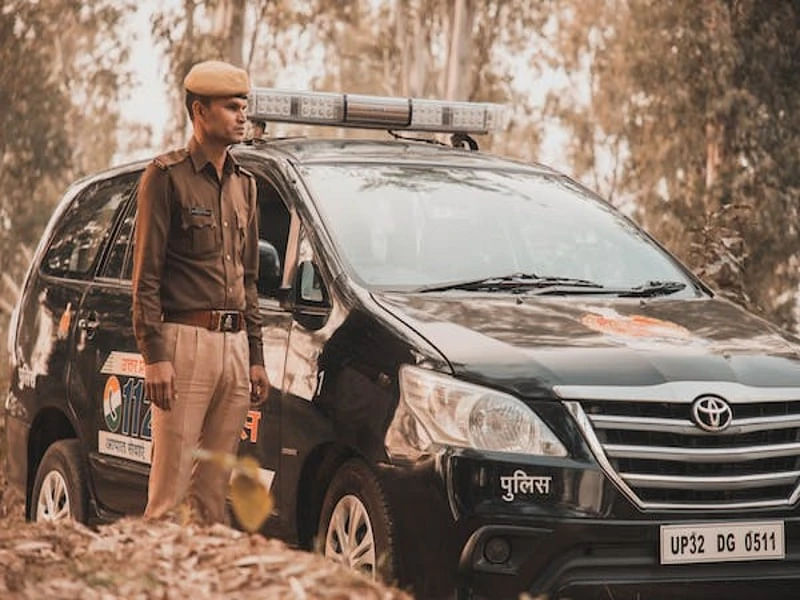


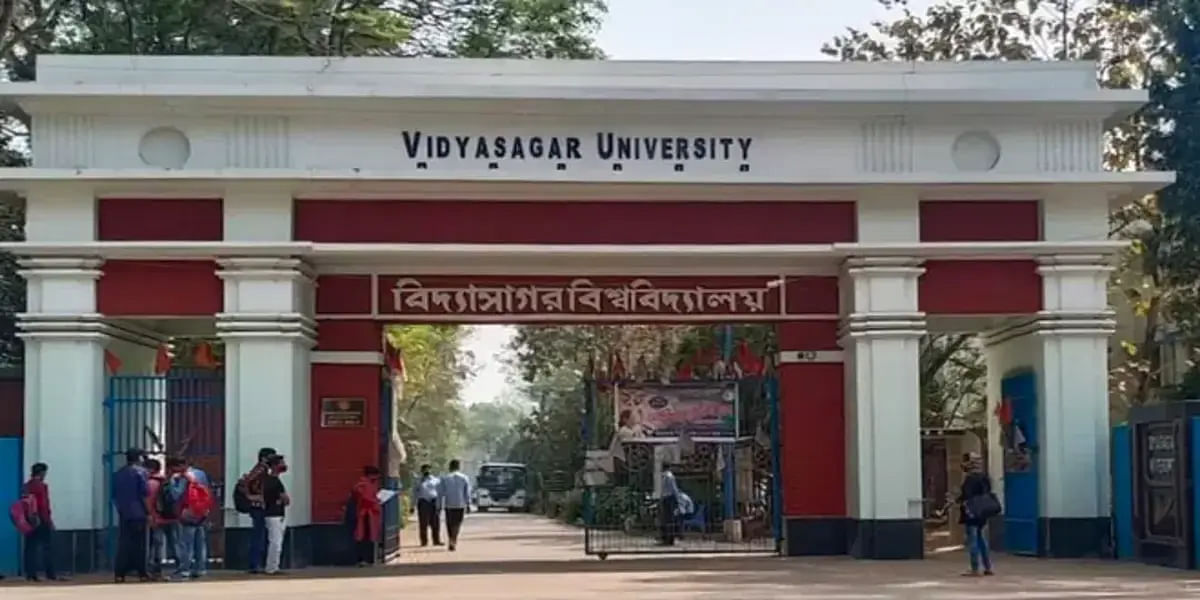






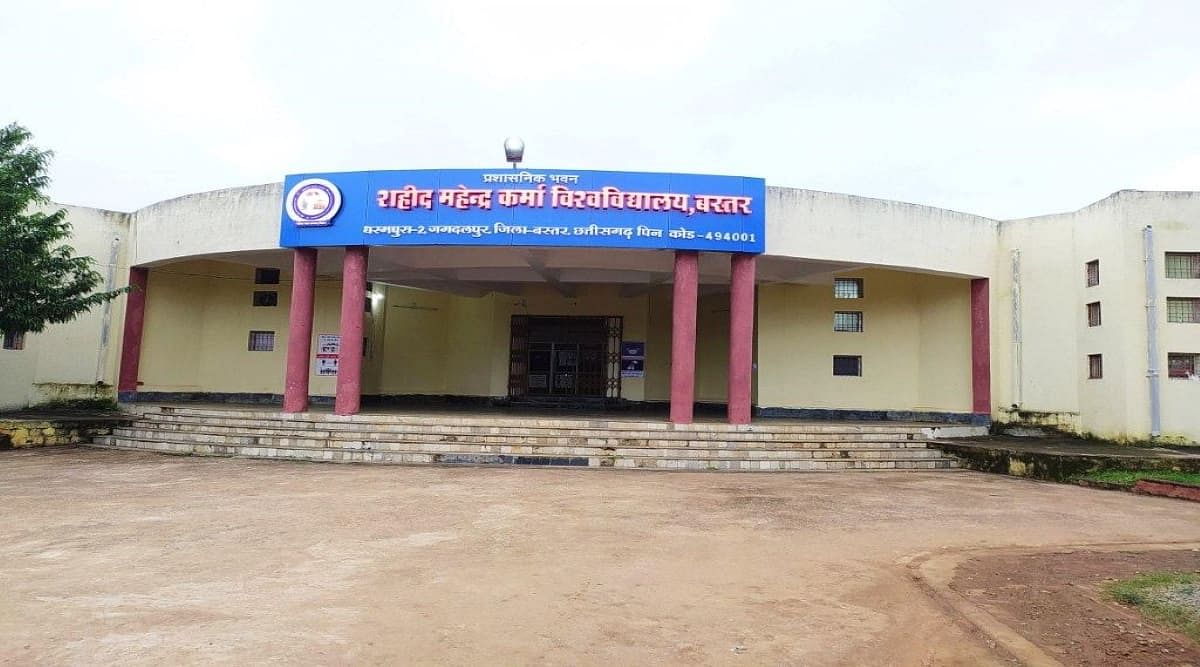
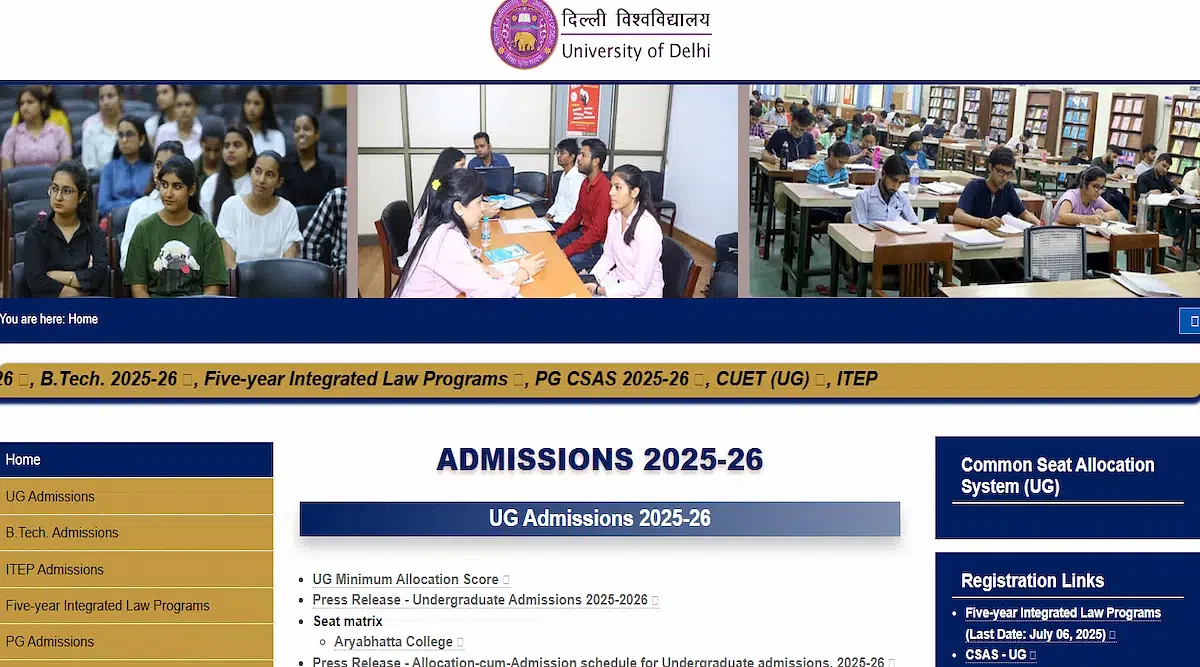



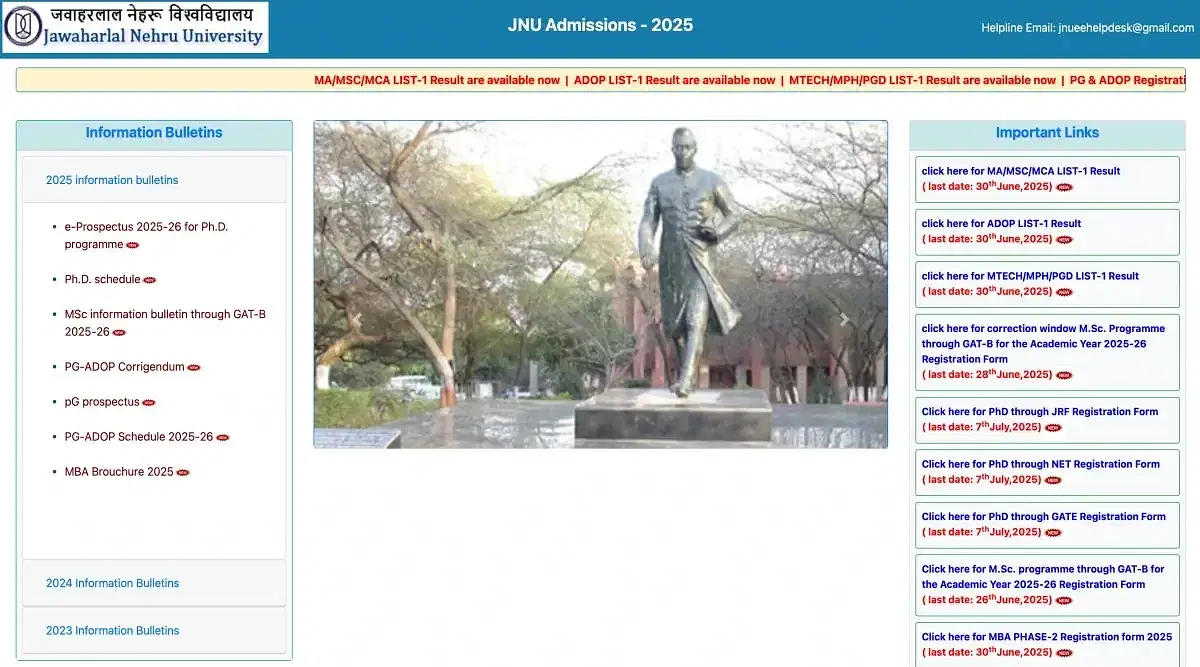






POST YOUR COMMENT